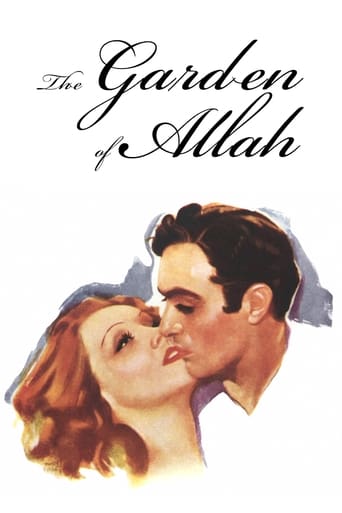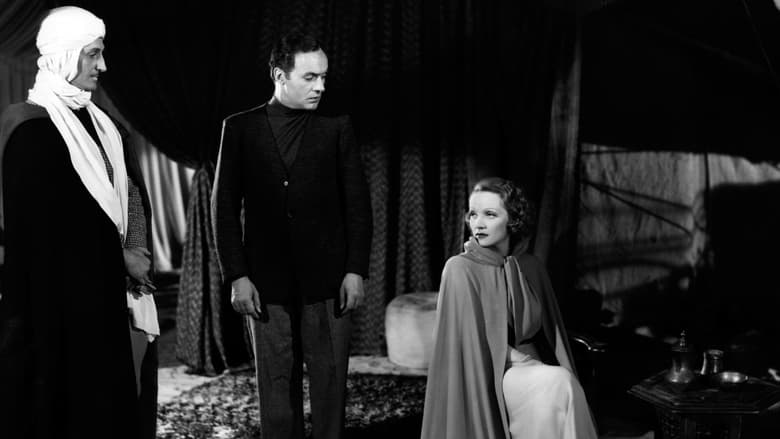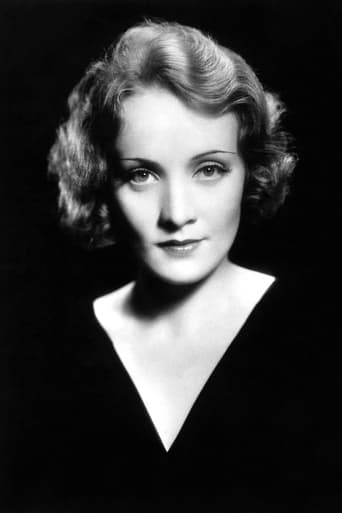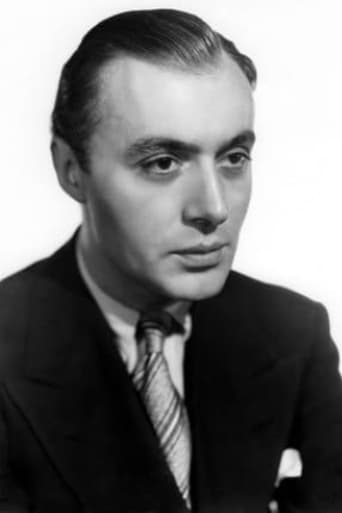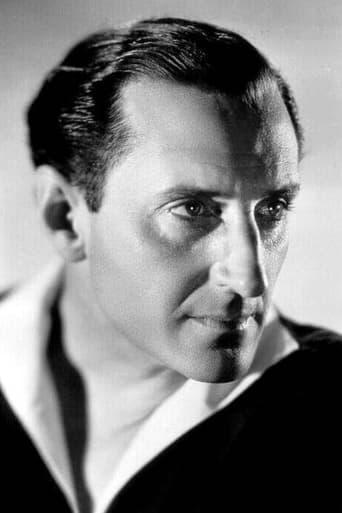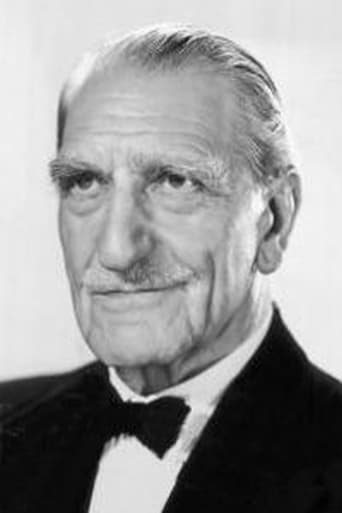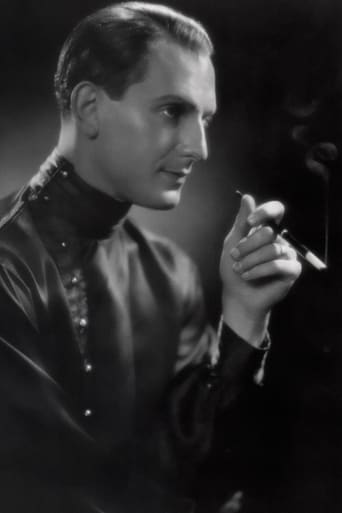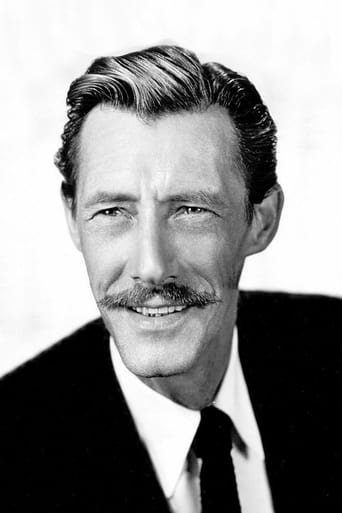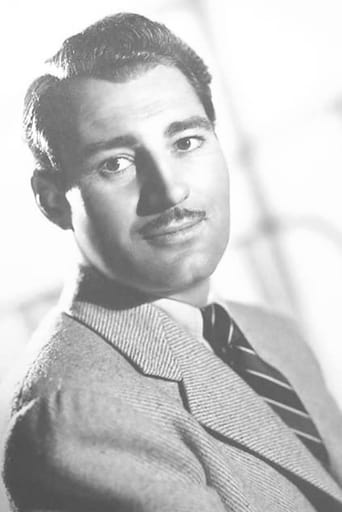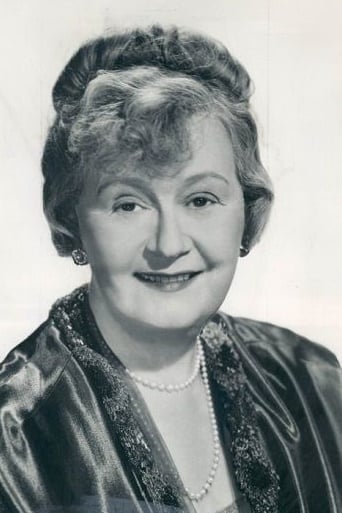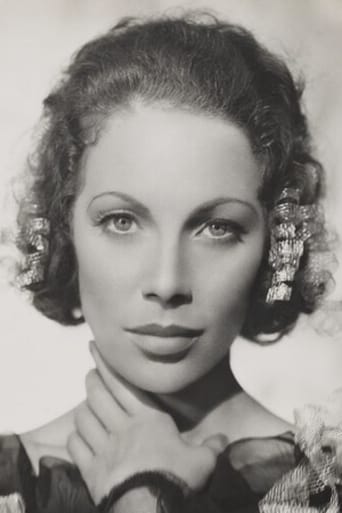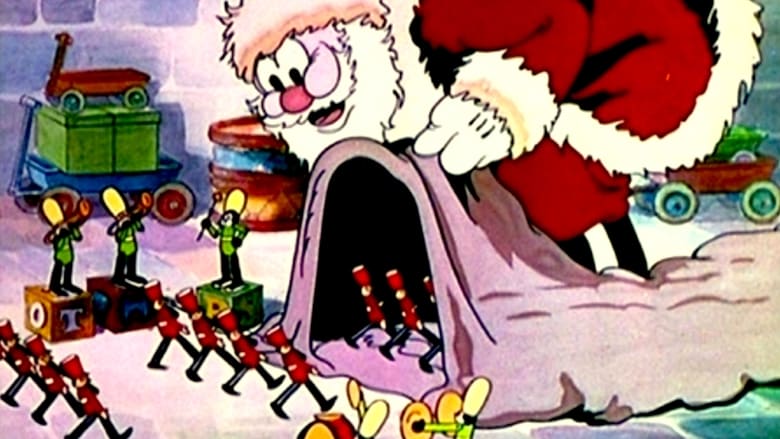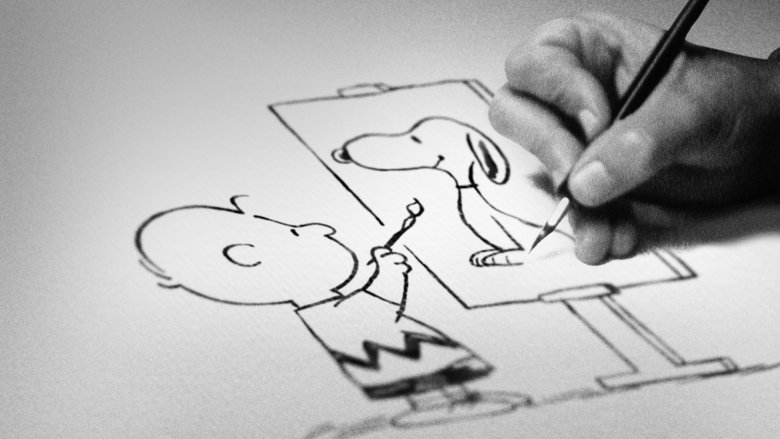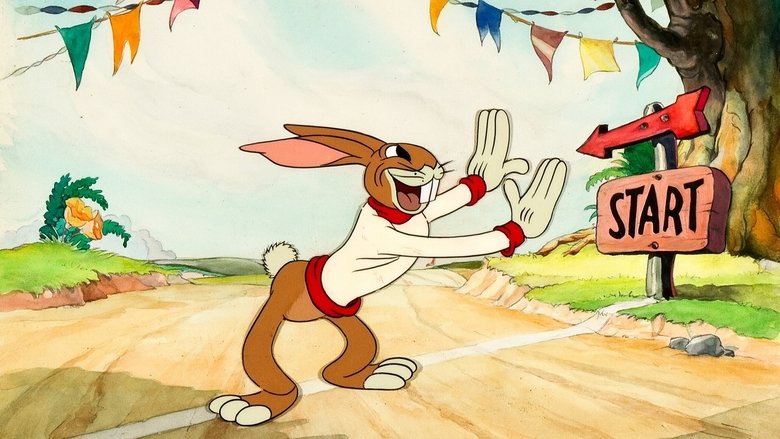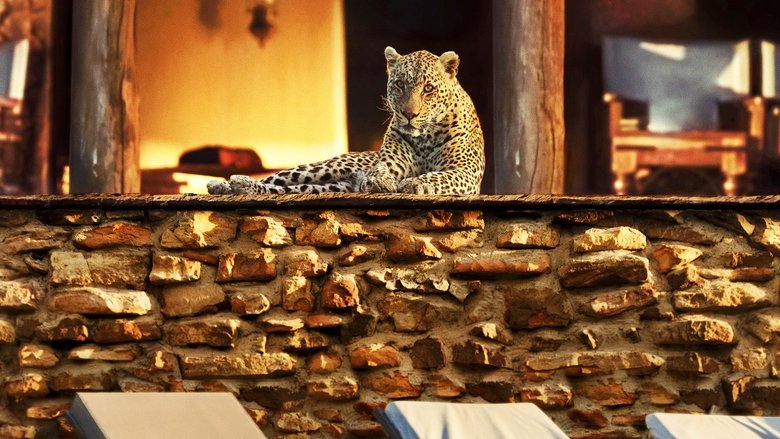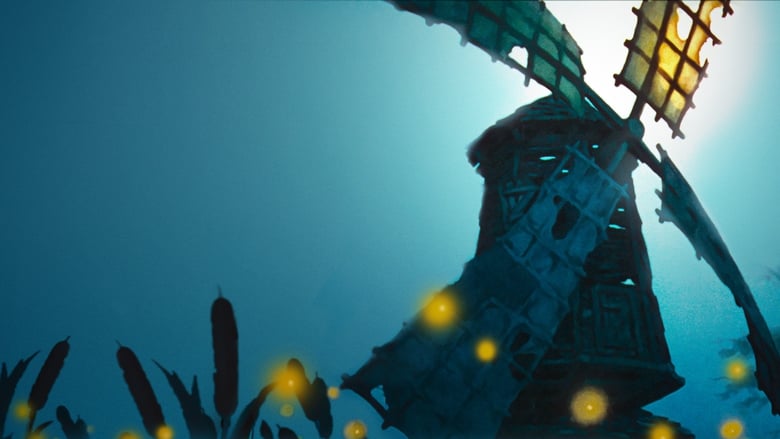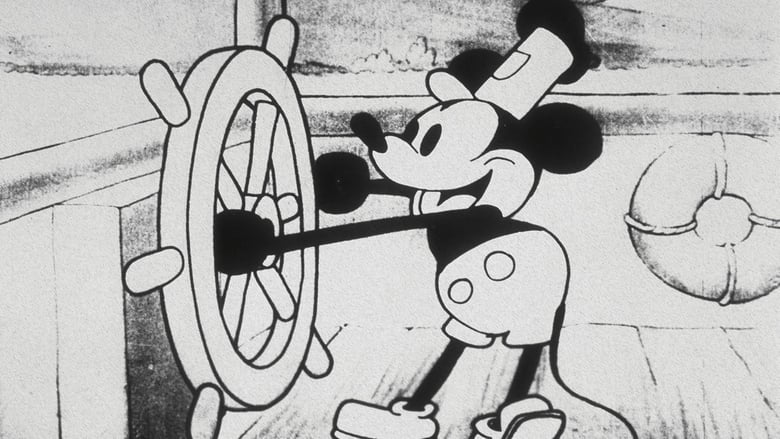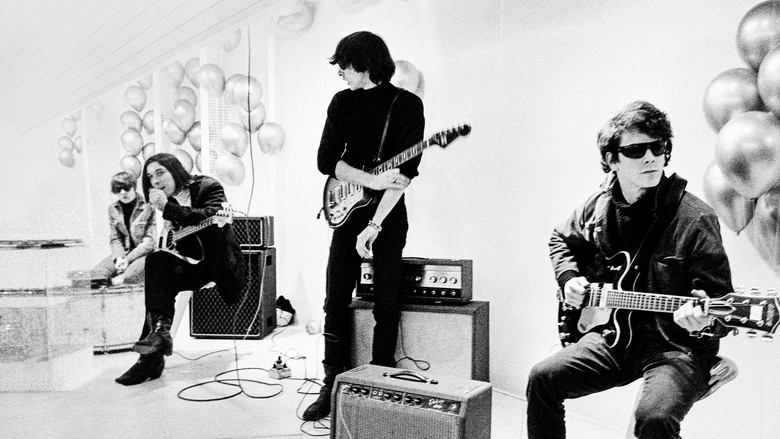The star-crossed desert romance of a cloistered woman and a renegade monk.


Similar titles
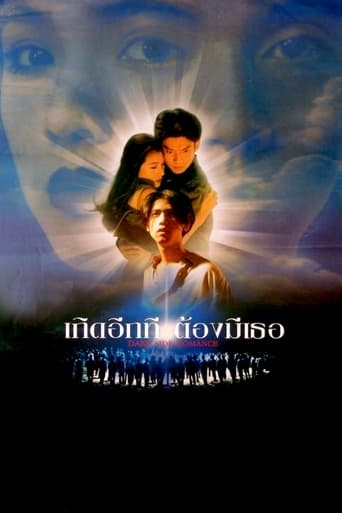
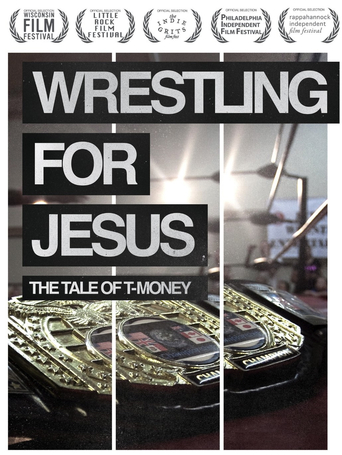
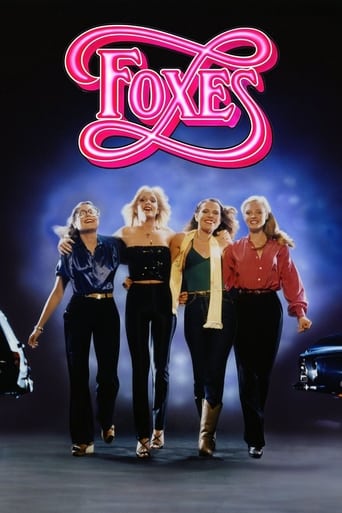
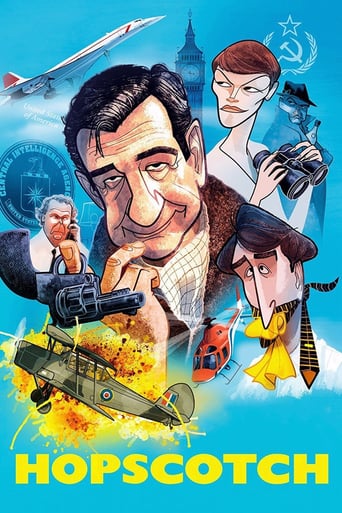
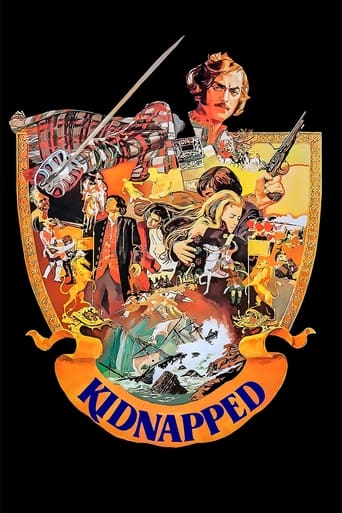
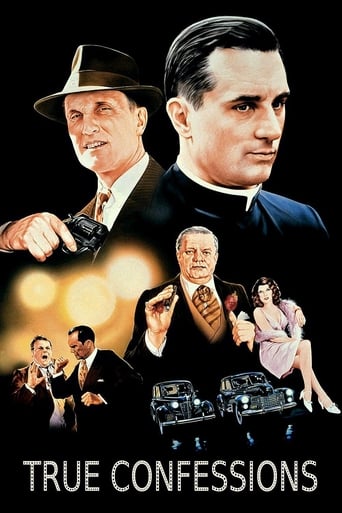
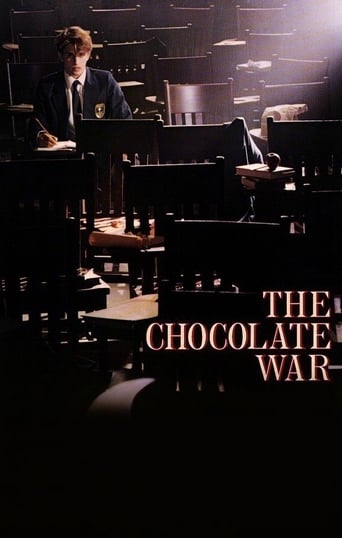
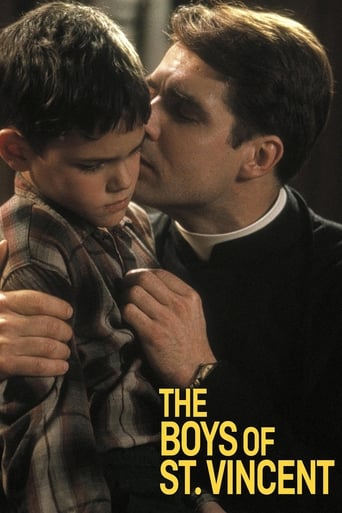


Reviews
Although he wrote many later novels (including "The Paradine Case" which was also filmed by Selznick), Robert Smythe Hichens (1864- 1950) never equaled the success of his early "The Garden of Allah" which sold a staggering 800,000 copies in its initial hardcover editions. A well-written book with much accurate, closely-observed detail (too much in fact for modern tastes), it offers not only a grandly romantic story of love and mystery set against a fascinatingly unusual yet breathtakingly picturesque background, but meticulously describes the inner rewards and setbacks of an idealized heroine's self-imposed search for peace, love and fulfillment. As for the title, it is explained by Count Anteoni: "The Arabs have a saying: "The desert is the garden of Allah."The novel was filmed three times: Helen Ware and Thomas Santschi starred in a 1917 version, while Alice Terry and Ivan Petrovich were the leads of an MGM/Rex Ingram film (screenplay by Willis Goldbeck — Selznick's assistant on this one) ten years later.Green and Rosson were handed an Honorary Award by The Academy of Motion Picture Arts and Sciences for their color cinematography. "The Garden of Allah" was the world's 5th three-strip Technicolor feature. Negative cost: $1,447,760. Locations in the Mojave Desert near Yuma, Arizona.The film was originally to star Merle Oberon and Gilbert Roland. Fortunately, Selznick was astute enough to grab Dietrich and Boyer for the leads instead, when they suddenly became available by both walking out on Paramount's "Hotel Imperial" in protest over the firing of director Ernst Lubitsch. COMMENT: Unlike the 1927 version which took considerable liberties with both plot and characterization, this is a remarkably faithful transcription of the original novel. Admittedly a few incidents and characters have been compressed (and one minor player, Domini's maid, Suzanne, omitted altogether); but with one or two exceptions, all the changes — slight as they are — represent distinct dramatic improvements. Not only are atmosphere and suspense heightened, but the exotic romance of the book is perfectly captured.The players are collectively nothing short of superb. Dietrich is brilliantly cast. It's a role calling not only for glamour and allure, but one requiring the actress to express a quality of urgent, desperate seeking. Dietrich's exotic appeal goes without question, but her most fascinating and interesting roles are usually those in which she herself is actively seeking something (Dishonored, The Scarlet Empress, A Foreign Affair, Witness for the Prosecution, Judgement at Nuremberg) rather than being sought (Blonde Venus, Song of Songs, Stage Fright, Rancho Notorious). Her face (especially her eyes) and the accented timbre of her voice convey urgency, energy, drive — even ruthlessness — extremely well. Domini Enfilden is not only an embodiment of all these qualities, but she has a romantic restlessness which Marlene portrays with totally convincing sympathy. It's impossible to imagine any other star in this part. If ever there was a role that seemed completely made to order for Dietrich, this is it.Charles Boyer was also never more perfectly served — although he did have a few other roles the equal of Boris Androvsky in romantic intensity, particularly in Mayerling (his very next film) and Hold Back the Dawn. Boyer would have made an ideal Hamlet. As a romantic character, he is often at the mercy of events. He struggles to extricate himself, sometimes succeeding (History Is Made At Night), often not (Algiers, All This and Heaven Too). Anxiety, restlessness, despair — these are Boyer's stock-in-trade. Most of the support players are not quite so impressively catered for, though Basil Rathbone and Joseph Schildkraut judiciously match their respective characters to those in the book. C. Aubrey Smith, Alan Marshal and Lucile Watson are also ideally cast. John Carradine, however, is so completely unrecognizable — even his voice is different — it's hard to believe it's really him!If it were possible to overshadow the richness of these excellent performances with a wealth of striking production values, producer Selznick and his accomplished technicians certainly give it a rousing try. Director Boleslawski, forsaking the sterile tableau approach he employed in "Clive of India", has directed every scene with admirable deftness and style. He is aided — indeed bested — by superlative Technicolor photography of the film's ravishing sets, costumes and locations.Max Steiner contributed a movingly atmospheric, delightfully captivating score.All in all, a beautifully produced, grandly exotic yet totally engrossing romance. One of my favorite films of the 1930s. Fortunately available on DVD (from Metro-Goldwyn-Mayer) in a really excellent print.
"Sunshine all the time makes a desert." (an Arab proverb).A viewpoint that great visuals and skillful performances are enough to turn even a dull screenplay into an entertaining motion picture seems too much simplified. However, in some instances, such perspective occurs to make sense. Seldom may it occur as relevant as in THE GARDEN OF ALLAH directed by Richard Boleslawski and produced by David O. Selznick. The strengths of the movie do not lie in clever storyline but in amazing camera and lighting work as well as performances. As one of the first three strip Technicolor films after BECKY SHARP and long before THE WIZARD OF OZ, the colors of THE GARDEN OF ALLAH have much to boast of. In many of its scenes attempted at purely visual experience, the aesthetic impressions are in no way dated. Clarence Slifer, collaborating with other artistically innovative people, does a wonderful job. Just to note the effective use of red (one of the most beloved colors in the period of color experimentation) symbolizing the land of fire and desire where the protagonists' destinies meet, the shots of the desert as backdrop with persons and caravans in silhouettes as well as the interiors. The elaborate visuals are particularly memorable in a little scene of Domina and Father Roubier when he tries to warn her against the man she loves. Consider the particular detail as she leaves the sacristy. Besides the cinematographic pearls of location shots and camera work, what strongly contributes to the memorable impressions are costumes by Jeannette Couget and music by Max Steiner (in particular the use of Schubert's "Ave Maria" and the atmospheric song "No One But God and I Know What is in My Heart"). But let me now develop, perhaps, the most striking feature of the film – performances, which I am not going to divide into main roles and supporting characters since this is one of the movies of the 1930s which cannot be treated as 'a vehicle' for Marlene Dietrich solely. Single individuals deserve unique praise for making the hardly believable content still communicative.Marlene Dietrich, freed from the guidance of her tutor Josef Von Sternberg) portrays a character whose mind and dreams are occupied by the search for happiness, for finding herself. As a young, beautiful actress with subtle presence on the screen and girlish movements she is nothing but outstanding. The effect of her screen presence is, of course, multiplied by the use of colors and a number of costumes she wears. Ms Dietrich reminds me a lot of her earlier role (also away from Sternberg) in THE SONG OF SONGS. However, she is not Garbo who proved to be 'a queen on her own' preferring to be left alone to go on with her lines and cooperation with the camera. Dietrich was more generous with her co-stars. Consequently, Ms Dietrich cannot be considered fully without her leading men. And one is truly captivating. That is... Charles Boyer. Although his character lacks logical sense of his motifs and may be less communicative with audiences, he proves unbelievable acting skills. His performance is filled with extravaganza, rebellious attitude, self-imposed, almost blasphemous ignorance of the hard past, neurotic struggle for materializing his inner desires. It is all a great insight into the tormented, almost tortured character who does not seek refuge in loneliness but in the arms of a woman. Having experienced the extreme silence and hermit-like life as a Trappist monk, his tortured soul strives for passions (to fulfill them) and the fire of lust (to extinguish it). While Ms Dietrich's scene is the memorable finale (after she received the harsh test she prayed for), his moment is the speech scene when teary eyes and sweaty forehead manifest the most inner struggles. Although it does not necessarily work so logically, the moment is worth seeing thanks to his compelling performance. Even the liqueur would not taste that good... Although Boyer worked with the various female stars of the time, including Garbo and Bette Davis, there is a strong chemistry between him and Marlene Dietrich. Their scenes are sweet, fussy and overly sensitive but worth seeing. The finale is also something of a genius collaboration of the leading protagonists. Joy, tears, smile evoke.Joseph Schildkraut has particularly witty and charming moments as Batouch, a sort of character no one will be after but everyone will like. C. Aubrey Smith with his specific strength and rhetoric in his performances crafts the role of Father memorably. I particularly sympathized with his sweet dog that seems to perceive sometimes more than humans do. Basil Rathbone carries the restrain and appeal as Count Andreoni. Apart from them, there are two of the cast who, though given just a minimum time on the screen, and yet appear to be truly memorable: John Carradine as a seer who, in a haunting moment, foretells Domina's future and Tilly Losch as a dancer who, in her Salome-like lustful crush, provides the movie with one of the most erotic sequences ever found in motion picture. And finally, who contributes to the entertainment and mood are great extras who speak gibberish in the backdrop.But who is in the lead? No one so much as the title garden of Allah itself with its endless attraction and cleanliness of catharsis, with its oases of fresh water and the heat of vast loneliness where you can hear the whisper of your inner self, the desert.All is touched by the search of happiness that the protagonists struggle to find. The desert seems to be a perfect place for that target and yet...do they find it? The unforgettable finale seems to answer this question where the religious and the secular, where purity and desire reach the heights of their mutual, though fairy tale, collaboration. But if you seek something thought provoking, search for it elsewhere...enjoy the visuals and performances offered by THE GARDEN OF ALLAH.
Despite ravishing color photography and a sterling cast, David O. Selznick's production of "The Garden of Allah" is badly dated. A Trappist monk abandons his vows and leaves the monastery with the recipe for a unique liquor, only to fall for a convent-bred beauty with deep religious convictions who is seeking the meaning of life in the desert. When monasteries attract the likes of young Charles Boyer and convents produce women with porcelain complexions like Marlene Dietrich, religion may experience renewed popularity.Set in North Africa as conceived by Selznick's fanciful art directors, Dietrich shimmers in flowing gowns and floats through a postcard-perfect desert. Her elegant silhouette is outlined against deep crimson sunsets that presage the indelible image of Scarlett O'Hara in "Gone with the Wind." If the preposterous story were half as captivating as the visuals, the film would be riveting. Unfortunately, modern viewers may giggle at the melodrama and hokey motivations. Both Dietrich and Boyer have done better and seem to be in a trance throughout. Staring fixedly into space stands in for spiritual conflict, and only the dependable Basil Rathbone cuts through the nonsense. Although the film runs less than 80 minutes, it seems at times to be tedious and interminable. Perhaps Dietrich's best director, Josef von Sternberg, could have conjured a classic from this cast and crew, but Richard Boleslawski's resume is thin and undistinguished. Possibly Boleslawski fell in love with his stars, because the camera lingers on the perfectly lit faces of both Boyer and Dietrich. Maybe the director knew that the plot and dialog were weak and hoped that the lush photography and the charisma of his leads would carry the film.Despite the visual feast, "The Garden of Allah" will appeal to few beyond die-hard Dietrich and Boyer fans. Others may squirm, smirk, and make smart asides to the screen. If "Mystery Science Theater 3000" broke beyond the science-fiction genre, Tom Servo and the bots could really work this one over.
The religious Domini Enfilden (Marlene Dietrich) is feeling lonely and is advised by her friend Mother Superior Josephine (Lucile Watson) to travel to the Sahara Desert for reflection. Meanwhile, the monk Boris Androvsky (Charles Boyer) escapes from the Trappist monastery where he had taken his vows. They meet each other in the sands of the desert and fall deeply in love for each other, but Boris does not tell his secret to Domini. When a lost patrol of legionnaires meet the oasis where Domini and Boris are camped, the leader Captain De Trevignac (Alan Marshal) recognizes Boris."The Garden of Allah" is an absolutely dated melodrama in 2008. The scenarios, the locations and the cinematography are wonderful, but the dramatic plot point of the romance is laughable and dull in the present days. It is also funny to see Charles Boyer taller and taller than Marlene Dietrich in the scenes with close. My vote is five.Title (Brazil): "O Jardim de Alá" ("The Garden of Allah")
